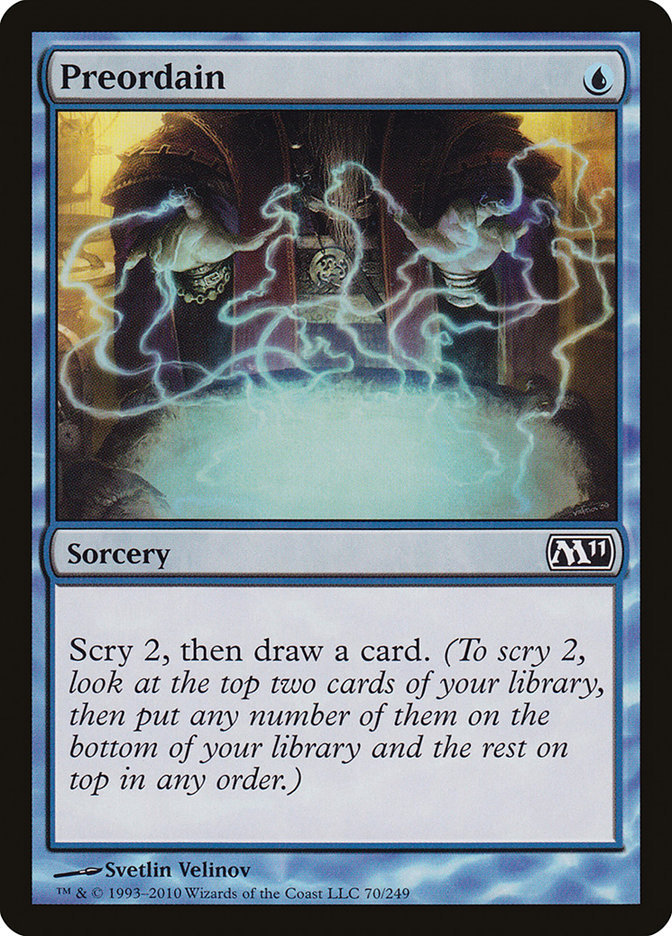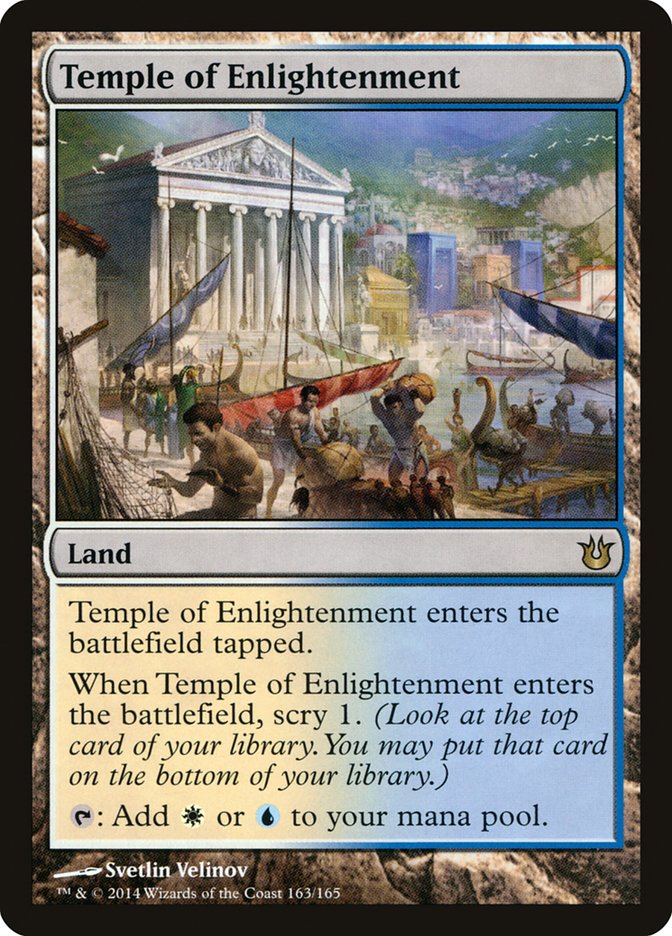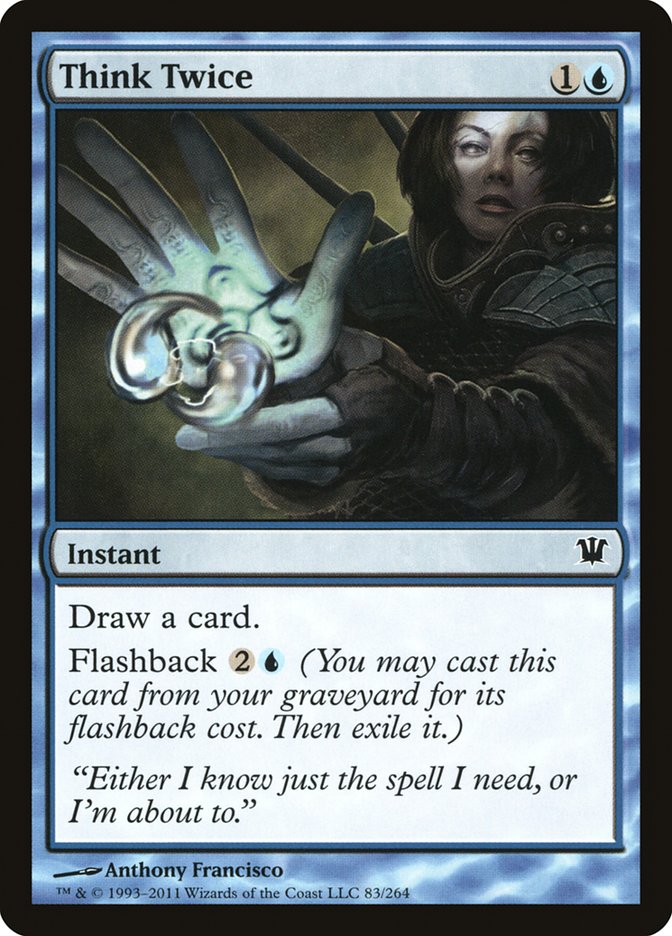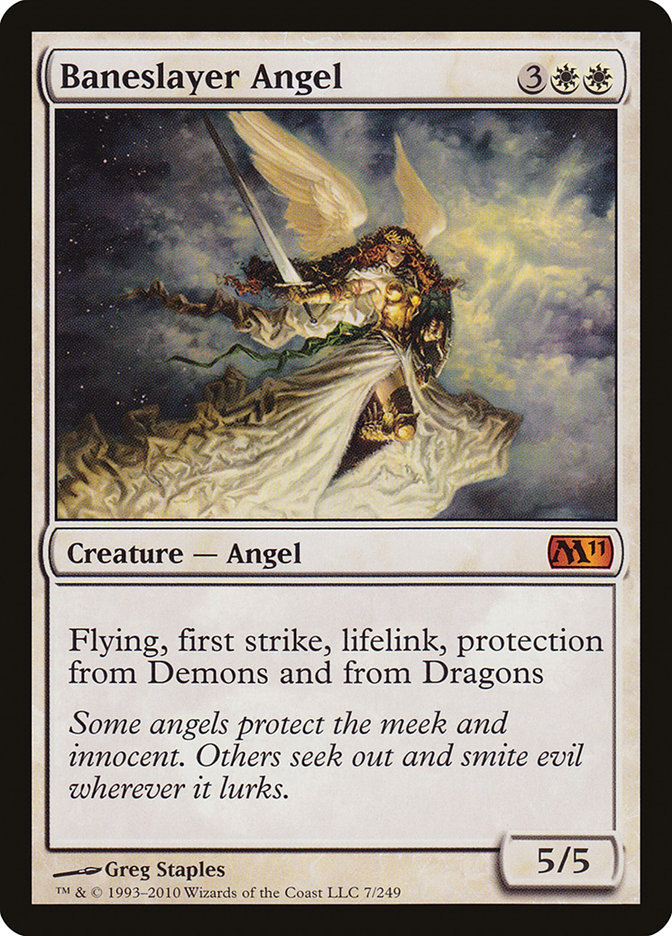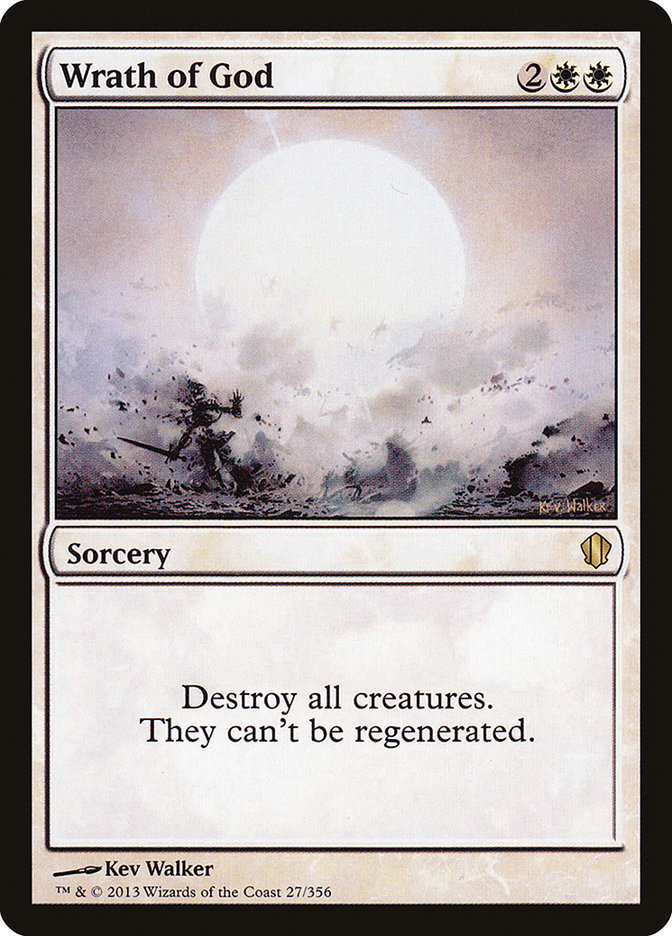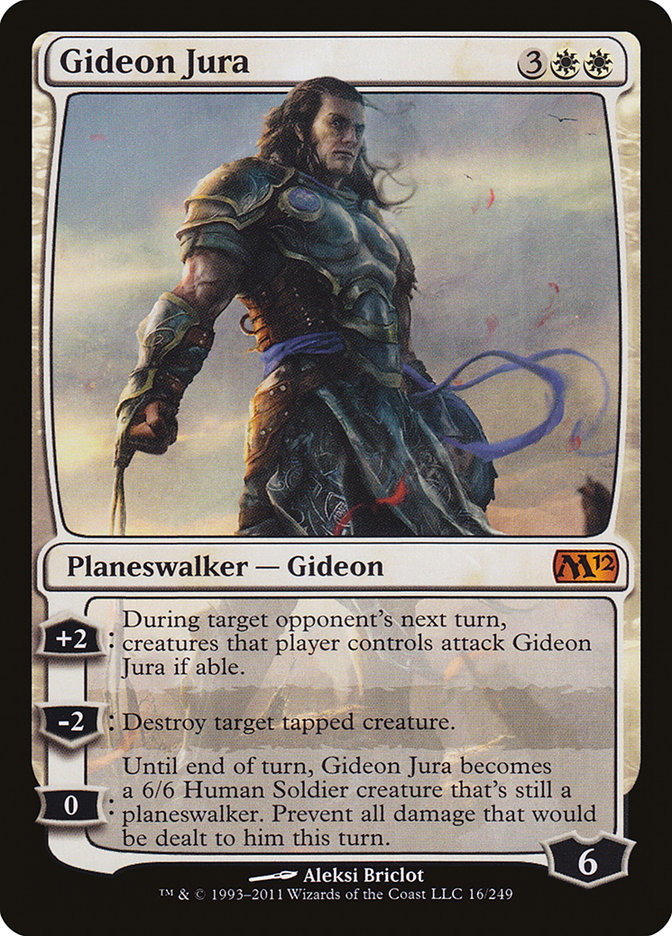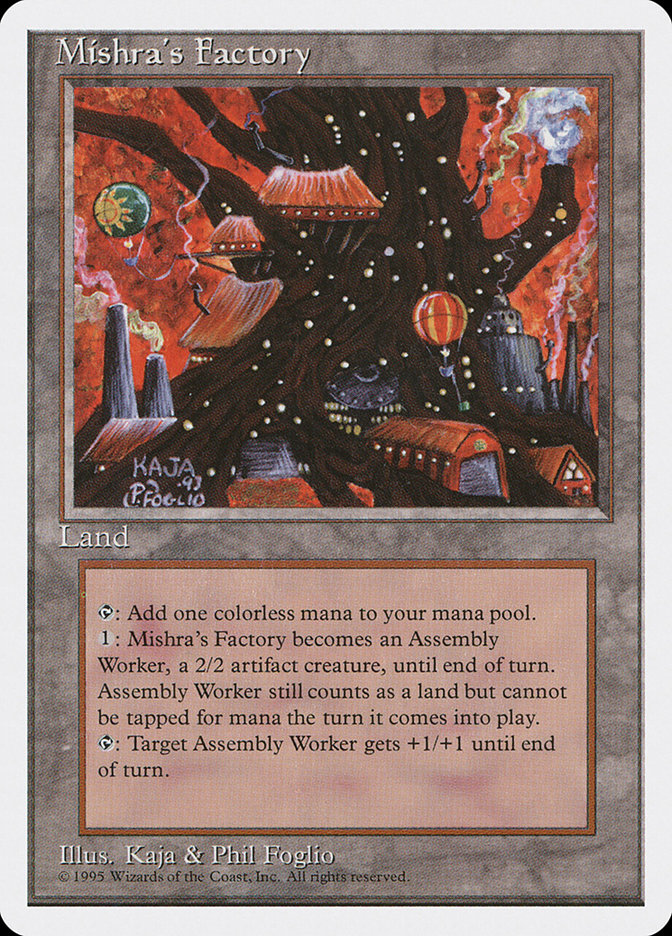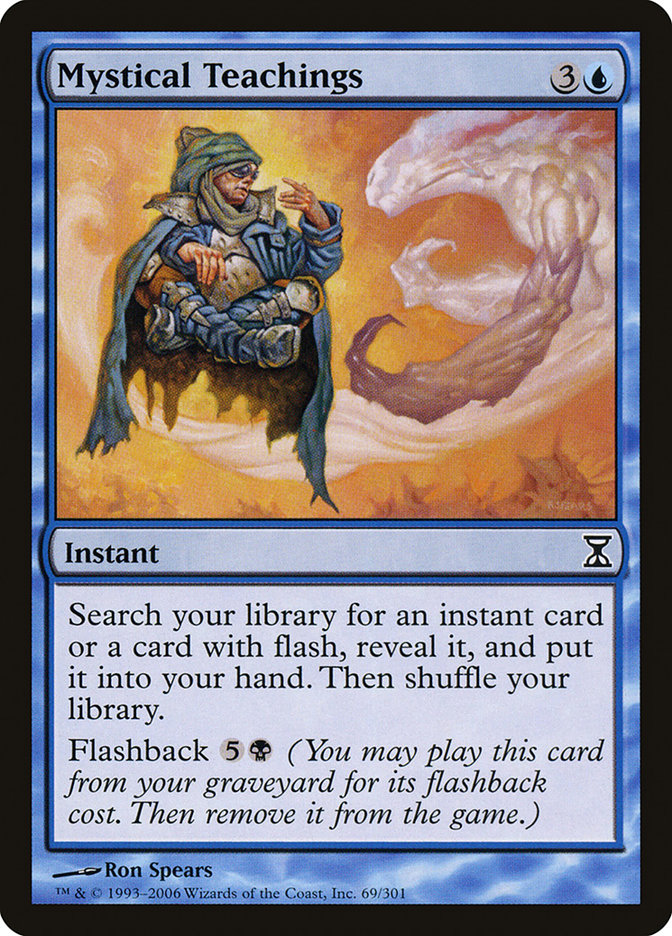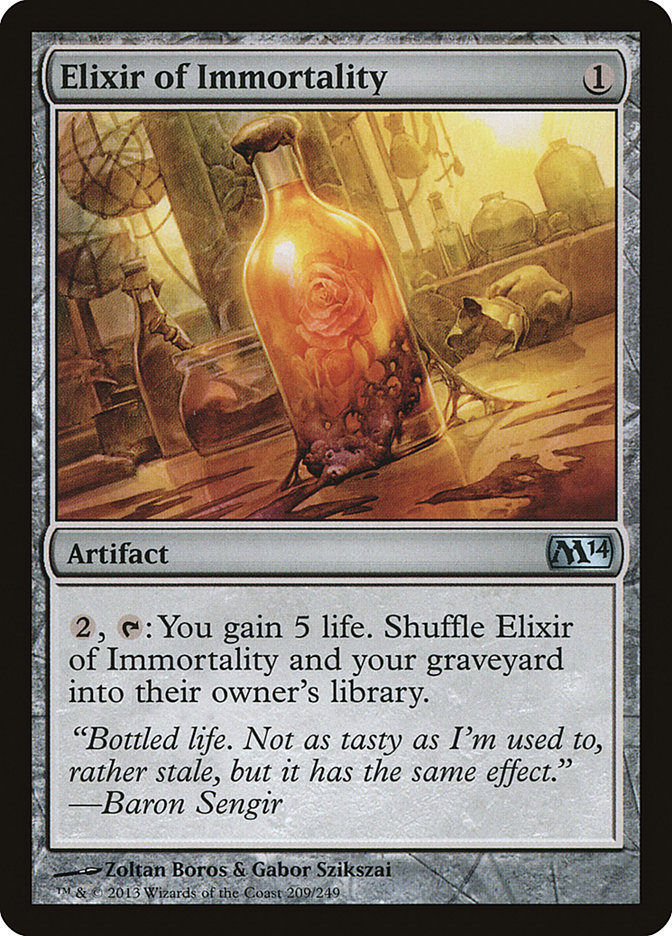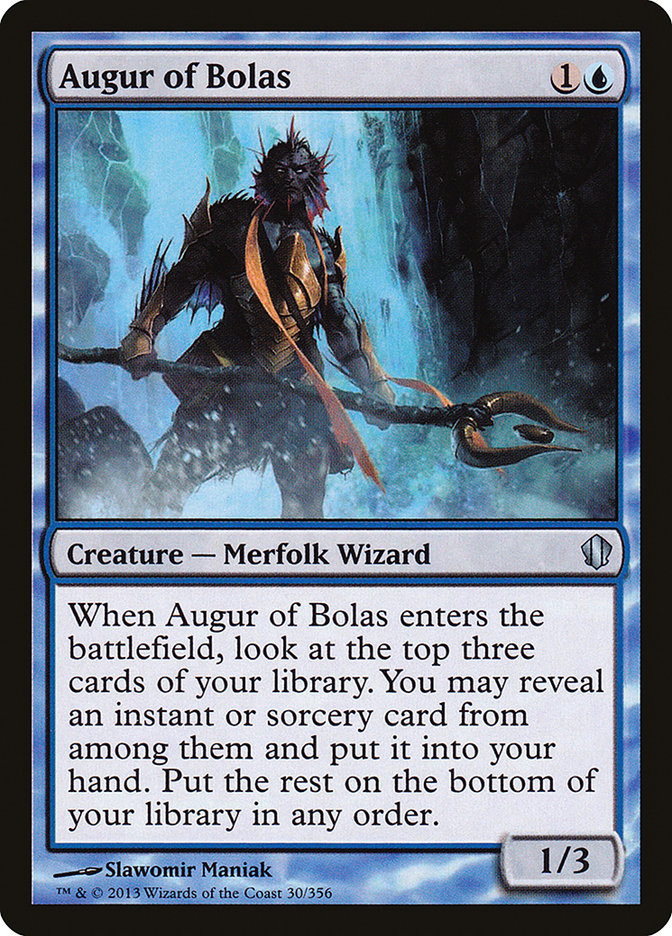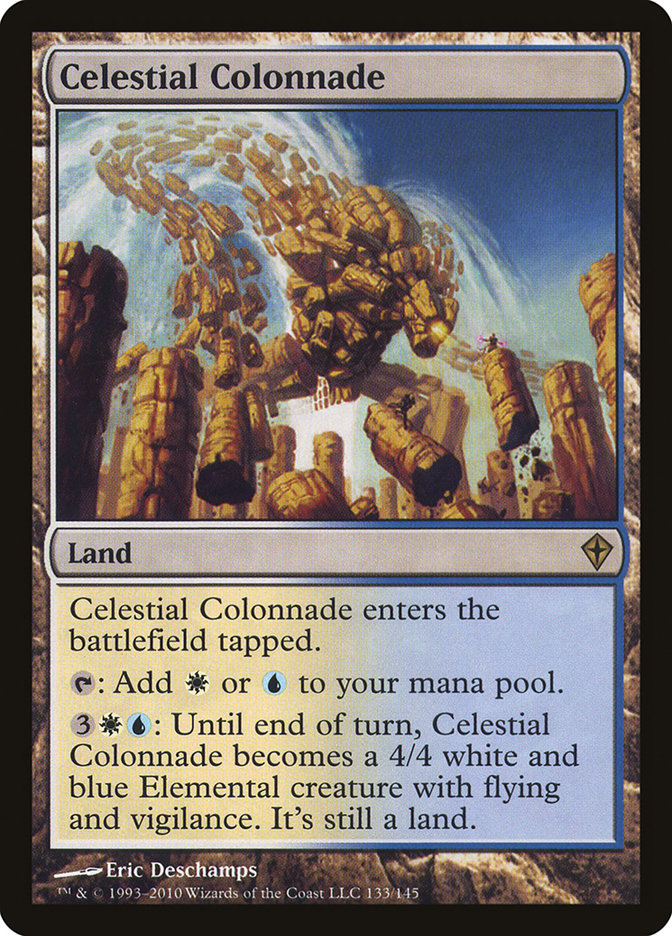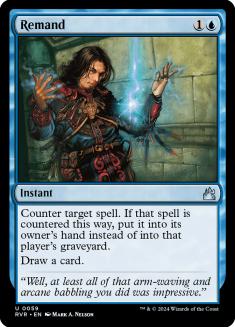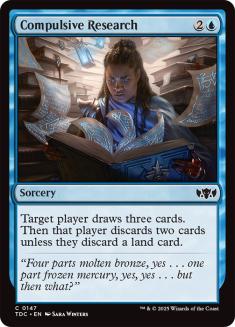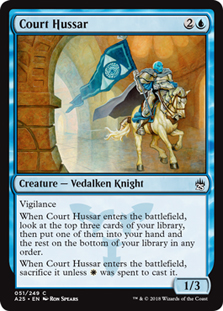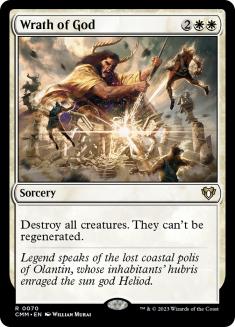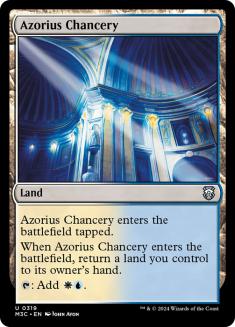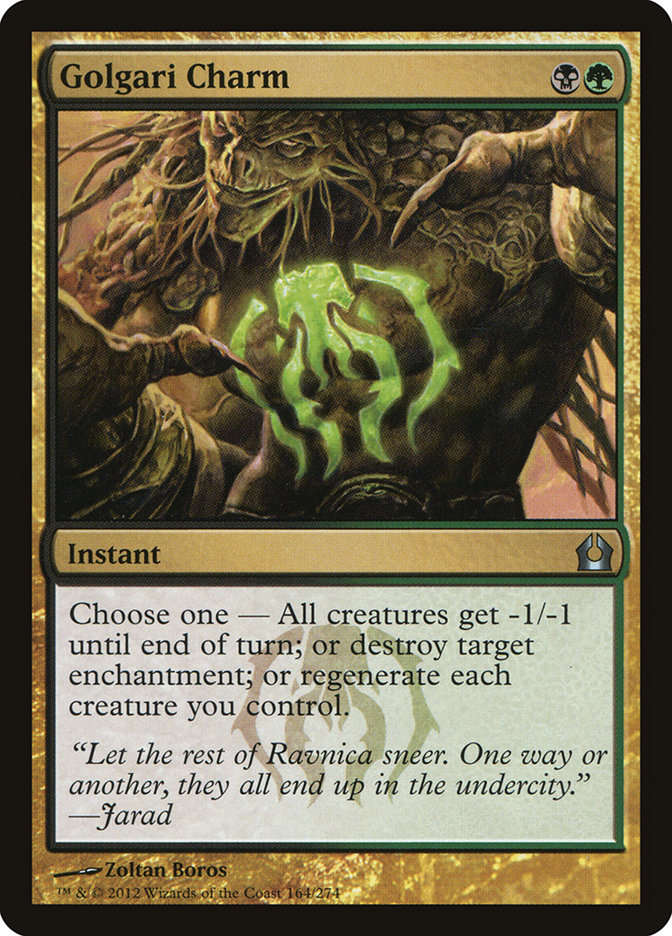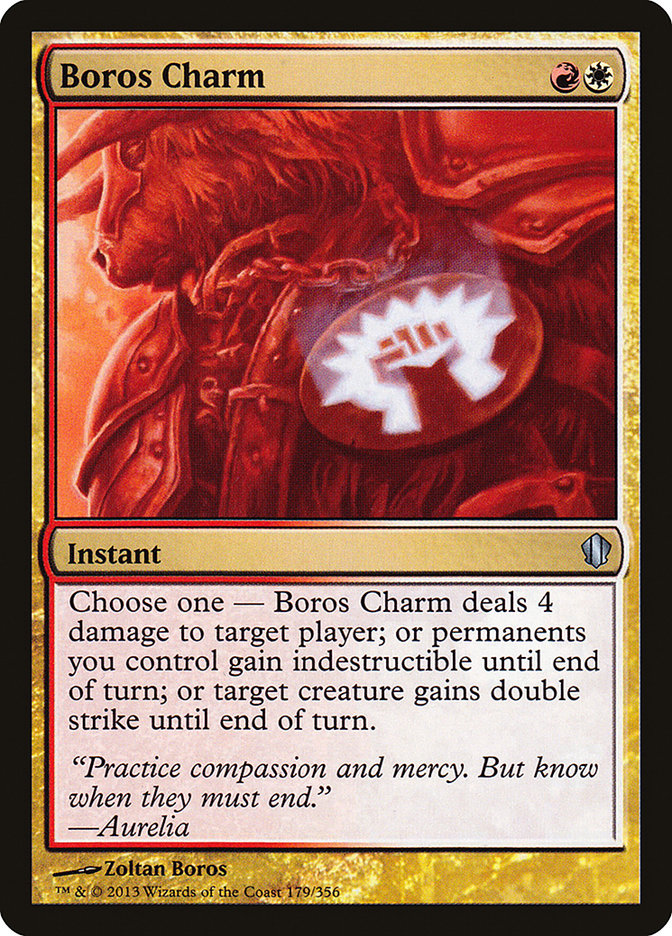Close your eyes and imagine . . . wait, don’t do that. Open your eyes. You probably didn’t close them in the first place because why would you when you’re reading. Just take a good look at these three cards.
Take a moment to have a good look.
.
.
.
Have you worked out what you’re looking at?
Correct.
The answer is control cards.
How do these cards make you feel when you look at them?
Perhaps you’re imagining a time you played a Jace onto an empty board and Brainstormed two lands to the top of your library before cracking a fetch land. Maybe you even have a bit of a smile on your face. Does looking at these cards make you feel a little unhappy or frustrated? Are you recalling the time you played a Wild Nacatl on the draw, only to be met with a Wall of Omens? Do you have an idea whether you’re a control player or not? Do you not have a preference?
If you find yourself regularly getting passed by semi-trucks while driving in the right hand lane or trying to equip a second shield to your RPG character, you may already be a control player. There’s no known cure to being a control player, so if you feel you may be showing symptoms, go to FNM with Mono-Red Burn every week for at least a month and pray they don’t reprint Mana Leak.
If you’re already a control player, then join me friend as I go over what makes a successful control deck and provide some insight on why I think control decks rock.
Magic is a fluid game, and there will always be an exception to every rule, so don’t just accept what I say. This is just my take on control decks, but hopefully I’ll be able to unpack my thoughts in a way so that even if you don’t agree with my ideas you can at least see where I’m coming from. It’s hard to express what is grasped intuitively through just playing a bunch, and we can’t exactly lobotomize Guillaume Wafo-Tapa to examine that juicy brain.
Let’s get to it.
Part 1: The Basics
The boy stared down at his hand full of Dragons. Shivan. Volcanic. Kilnmouth. He even had a Rorix.
Sure, he had stumbled on mana, but his opponent hadn’t done anything either besides play a bunch of Islands.
And he had just drawn his sixth Mountain.
He played his first Dragon. The Islands tapped.
"Unfair," the boy thought.
He untapped the next turn and tried to summon another mighty Dragon. Again, Counterspell. Frustrating. A turn later he finally resolved one. Control Magic. Finally, he said something.
"This is ridiculous. It isn’t fair. Let’s switch decks."
Control decks are defined by their answers. Their job is to neutralize what every other deck is trying to do. Disrupt the Fireball and Smother the Grizzly Bears. Survival while gaining advantage is the name of the game. Any threat will be at a disadvantage when faced with the correct answer, and more often than not the more the answers cost, the more powerful they’ll be.
The late game is the place to be; over the course of the game, frustration should transfer from you to your opponent. Instead of trying to land a knockout punch, focus on gaining slow incremental advantage. Once the enemy has exhausted itself, it’s often just a matter of tipping them over.

Blue and white are the superior colors in Magic, and you should treat those who enjoy the others with disdain and mockery.
Red aggro mages are adrenaline junkies who enjoy frantic battles that will involve blasting each other with fire while skidding under exploding fuel tankers on motorbikes. These decks will almost always rely heavily on topdecking, which is beneath the control mage.
The intricate board states created by creature decks may look complex at times as they dance and sway at sword length jostling for an opening to strike. This strategy is also inferior, and you need merely sweep their creatures to the graveyard with any number sweeper effects.
Although I’m ashamed to admit it, there have been effective deviations from the traditional "removal and counters" style of control. There has been a monocolored control deck of every color. Control decks of Modern or Legacy may be very different beasts compared to slower and more traditional Block or Standard decks. Combo control is an exciting jaunt that I would not fault anyone for trying in their innocent youth. A few control decks even have creatures in them.
Part 2: Strengths
"How lucky, another mana flooded opponent."
Card Advantage & Selection
Draw the cards you want when you want them. The ability to smooth out draws with lands early and dig for powerful cards later will help prevent mana screw and flood. There is nothing beyond value.
Powerful Cards
The "I can’t afford to play around it since I can’t beat it" cards. These are the cards that can invalidate many of the opponent’s puny cards at once. These are usually higher-costed cards that bring you back from seemingly terrible positions.
Inevitability
Remember, the plan is to get to the late game, so every turn the game goes on that you’re not dying a horrible death you should feel like you’re pulling ahead. Everyone floods out eventually. Control players know this and will capitalize on it.
Control decks may also have an "unstoppable" win condition like Aetherling or Elixir of Immortality. The more of these you play, the better you are against other control decks and the worse you are against aggro decks, so usually all the control players meet up before the tournament starts to agree on the numbers.
Freebie Win Conditions
These are cards that can act defensively early in the game but also work to kill the opponent later on once you’ve drawn a bunch of cards.
Practice
You’re likely to make many small mistakes when playing a control deck due to the sheer number of decisions you’re making. That means it’s a good investment of your time since you’re always learning something new and there’s a lot of room for improvement. Practice will also carry from format to format since most counters and sweepers play in similar fashion.
Fun
The most important factor. Some people aren’t interested in how they win a game of Magic. Others prefer certain styles. If you don’t enjoy it, don’t force it.
Part 3: Deckbuilding
Laid out on the hotel bed in front of him was a masterpiece.
To him, this looked good. This time things would be different.
Now that you’re getting the hang of things, let’s try an exercise to test how control-y you’re feeling. Sort the following keywords into the category of "control" or "enemy of control."
Haste
Undying
Flashback
Double Strike
Scry
Lifelink
Defender
Buyback
Bloodrush
Assemble a Contraption
The answers can be found at the bottom of this article.
The Metagame
If we could see the entire metagame beforehand, wouldn’t it be better to play a proactive deck or a control deck?
Well, the answer is obviously that it depends on a bunch of factors. In theory, though, a control deck should benefit the most from knowledge about the metagame. The viability of all decks depend on the metagame, none more so than control decks since they are defined by the decks they are built to beat.
An aggro or combo deck might think along the lines "it doesn’t matter what anyone else does as long as they don’t know about me and stop me." Your job is to find out about them and stop them.
If a format changes, control decks need to change in response to it.
Evaluating control cards for a completely new format is often just a matter of looking at what good cards exist and then picking which cards deal with them. It may require an incredibly risky leap of faith in guessing what other people will play.
Dead Cards
Control decks often make a number of the opponent’s cards dead or ineffective, usually creature removal. This is an excellent way to create virtual card disadvantage for them and potentially very awkward draws.
Trying to minimize the number of dead cards you have against popular decks can often decide a match before it even starts.
Avoiding cards that activate their dead cards is also a concern. For example, you might think Blood Baron of Vizkopa is an excellent maindeck card against Mono-Red and Mono-Black Devotion until it keeps getting dealt with by Mizzium Mortars and Lifebane Zombie. This is also part of the reason why Liliana of the Veil was never particularly effective in control decks in Standard because the plus ability allows them to discard useless creature removal. If a format is swarming with Hero’s Downfall and Dreadbore, it would be a strong incentive to shave planeswalkers.
Also look at other control decks. Are you going to have fewer dead cards and cards that activate their dead cards?
The Sideboard
A good sideboard will shore up weak matches and have cards that are effective against multiple decks in the format. It’s also important to take into account how other decks will sideboard since a well-timed curveball here can be fatal.
Transformational sideboards can be very powerful. Their removal comes out, and your powerful creatures come in.
Part 4: Playing
Pause.
Pause.
"Okay, it resolves."
Control decks are generally thought to be the most difficult to pilot. This is a matter of opinion and not an important debate topic since it’s subjective and deck dependent. It’s fair to say that if playing a control deck is difficult, it’s also very difficult to play against a control deck.
Game 1
Keeping certain hands against unknown opponents can be risky. You might end up with a bunch of removal against a creatureless deck or a bunch of slow counters against an aggro deck.
Generally, control is strong against midrange in game 1 and bad against linear strategies like aggro and combo. Clunky draws can be more forgiving with massive effects like Supreme Verdict or Sphinx’s Revelation.
Sideboarding
Sideboarding tends to invert things, as linear strategies don’t have as much to sideboard but midrange gets to target you with hand disruption, planeswalkers, card advantage, and powerful creatures. This means you still need a wide variety of answers and you may become spread too thin trying to deal with all their threats.
The Early Game
You want to be interacting with your opponent to disrupt them as well as you can. You need to be aware of what resources you have and which resources you lack. You can then try and compensate by leaning heavily on the ones you have. Some resources include your life total, your mana, your counters, and your removal.
If you’re lacking lands, you might be very aggressive with the rest of your resources since you want to buy time to stay alive and cast all the spells you have. If you are land flooded, you might lean heavily on your life total, trying to get the opponent to overcommit or save your counters for an important threat. If you have a Sphinx’s Revelation in hand, you’re much more likely to waste a Supreme Verdict as a one-for-one or counter a mediocre creature since you know you’ll be drawing more cards soon. Without a Revelation in hand, you might need to conserve your important cards for later.
Experience
There’s no substitute for experience. Think your plays through slowly and have a reason for doing things. Conclusions you come to yourself should be trusted over any others. If you’re wrong, you’ve learned something and should come to better conclusions in the future. This is especially true when it comes to playing Magic since you don’t have time to write a frickin’ essay about every move.
Play. Adjust. Play again. Adjust again.
Part 5: Weaknesses
Nothing could stop him now.
In his hands, Caw-Go was unbeatable. It was midnight, and he went to check the spoilers. There was an interesting new card.
He didn’t sleep.
Answers To Answers
These are usually hard to stop and disable a key card or entire aspect of your deck. The obvious next step is to just bring in answers that answer answers to answers.
This strategy isn’t very effective. Let’s say you bring in Dispel to combat a Boros Charm that’s gonna stop your Supreme Verdict. You might draw a Dispel but not have anything to deal with the original threat: the creatures. They may not even have the card you’re afraid of!
Mistakes
It takes a long time to play any deck optimally. If you’re very good, you might easily vault up to 80% effective with any deck, but grinding those remaining percentage points takes a lot of practice. Control decks always require excellence and knowledge of a format. You can have higher highs and lower lows. It’s rare that Mono-Red Burn will drain 60 minutes’ worth of your energy and cause you to make thirteen different misplays in a single round. You’re the one trying to decide which of fifty wires to cut before the bomb goes off.
You will get tired. You will get worn down. You will make mistakes.
Skilled Opponents
Skilled opponents will be able to maneuver against you well. They will be familiar with your basic plan, plays, and cards in your deck. Their maindeck and sideboard will be tight and have a plan to beat you. They will often take the exact right line that dances around your cards and barely kills you.
Fight back by abusing their expectations, such as playing an untapped shock land to represent countermagic or playing some completely unexpected cards.
Draw Bracket Hell
This is the worst place. It is your punishment.
Sometimes you have to win 2-0 or not win at all. Should you play fast and loose to try to get another game in or at a reasonable clip to try to win this game?
In draw bracket hell, you face a never-ending stream of slow players, each slower than the last. You only play against the mirror, a mirror that reflects every wrong decision you’ve ever made. You will wish your Elixir of Immortality were poison so you could drink and end your misery.
Guessing Wrong
Unknown or shifting metagames can be very hostile to control decks. You need to know where the format is headed and be one step ahead or you are screwed. Some metagames become too hostile for pure control to be successful. Quite possibly the biggest hurdle is knowing when to zag or abandon ship entirely since there’s often no apparent clue that there are rough waters ahead.
Part 6: The Mindet
There you have it. Part of what makes Magic such a beautiful game is the diversity of strategies. Hopefully I’ve unearthed some new insights and provided a map for other control lovers (or if you’re not so hot on control, brought up some ways to attack it).
Breathe it in.
You hear the groan and the quiet shuffle from the six cards you’re about to draw. You place them in front of you from the top of your deck before depositing them in your hand.
You see the dejected slump from the poor soul across from you, the familiar sight of hope dying. The helplessness you don’t want to feel.
You rearrange your hand, separating the lands, hard counters, and mass removal before discarding most of the lands. Sure, you could play your Elspeth now, but that would potentially leave you vulnerable. The three copies of Dissolve in hand remind you it’s only a matter of time.
You can only imagine this feeling is similar to that of having climbed Mount Everest, and now you get to stop and savor the view.
He finally offers his hand, a show of sadness and defeat. It had been a slow death. Life support had been eased off long after loved ones were ready to call it.
Victory. You tuned the deck exactly the way you felt was needed. The metagame you imagined matched up quite well with reality. You predicted everything your opponents would do and made sure no strategy would be superior.
They could not defeat you. All day you were paired against opponents trying to win, and you just made sure they didn’t. After all, if your opponent can’t win, how can you lose?
This is what Magic is all about.
*Control: Flashback, Scry, Lifelink, Defender, Buyback
Enemies of Control: Haste, Bloodrush, Double Strike, Undying, Assemble a Contraption





